Last Updated on August 2, 2021
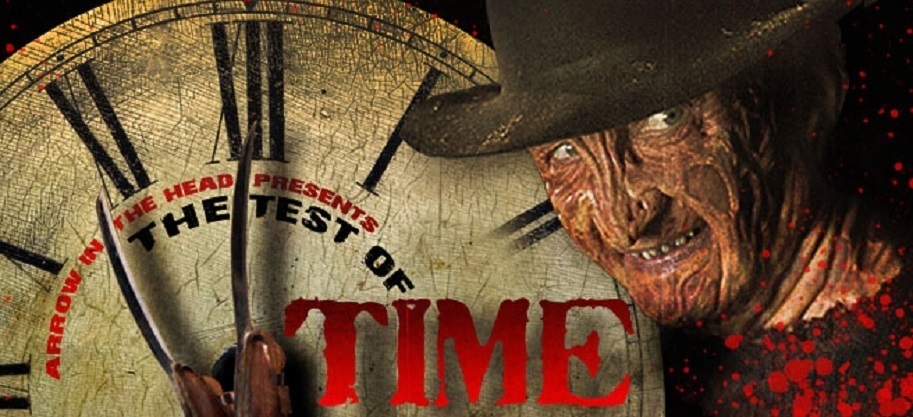
We all have certain movies we love. Movies we respect without question because of either tradition, childhood love, or because they’ve always been classics. However, as time keeps ticking, do those classics still hold up? Do they remain must see? So…the point of this column is to determine how a film holds up for a modern horror audience, to see if it stands the Test of Time.
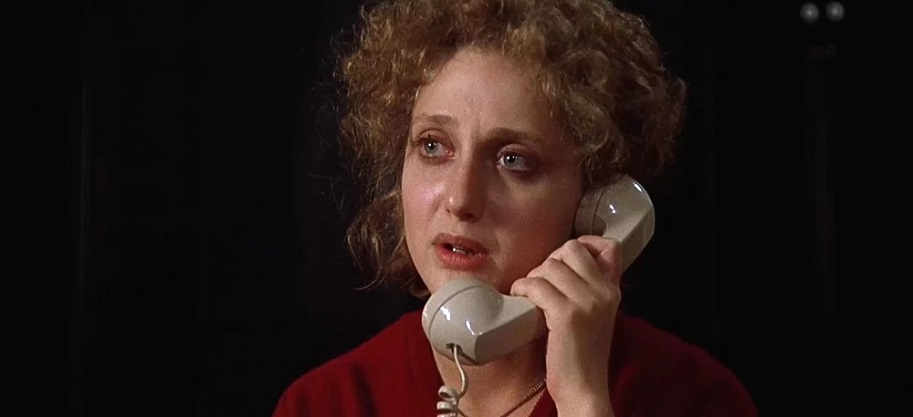
DIRECTED BY FRED WALTON
STARRING CAROL KANE, CHARLES DURNING, TONY BECKLEY, RUTANYA ALDA
A few months back we gave some much-deserved F*cking Black Sheep love to Fred Walton’s WHEN A STRANGER CALLS BACK, and now it’s time to assess the original by a different measuring stick. Time!
That’s right y’all, WHEN A STRANGER CALL(GET IT HERE) turns 40 later this month. I’m not sure how you feel about the flick, but to me, it’s as seminal as any horror movie in the way it fostered my love of horror from an early age. Having watched it with my older sister and cousin at way too young an age, I was left both psychically scarred and psychologically steeled for years to come. The flick petrified and prepared me at once. And much like the urban legend it’s based on, I couldn’t stop telling my friends about how truly terrifying the movie was at the time. Of course, the key phrase is “at the time.” It’s hard for any movie to stay fresh after 40 years, but what about a movie that relies so heavily on said timeless urban legend? We shall find out when we put WHEN A STRANGER CALLS against The Test of Time below!
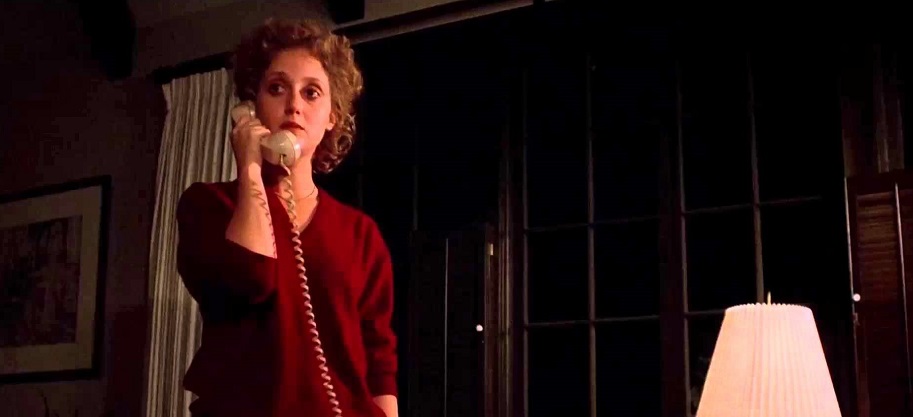
THE STORY: Based on the infamous urban legend about a babysitter and the man upstairs, the film originated as a 20-minute short created by Fred Walton. After the success of HALLOWEEN, Walton showed the short – the opening sequence in the finished film – buyers went crazy and gave Walton enough money to elongate the short to a feature length. Not to get ahead of ourselves, but this is one of the reasons why certain parts hold up better than others. Plot-wise, the action gets going when Jill Johnson (Carol Kane) arrives at the Mandrakis household to look after their flu-ridden children. With the kids sound asleep upstairs, Jill begins doing homework. The phone begins to ring. She answers, only to get a creepy question: have you checked the children? Polite at first, Jill declines and goes back to work. The calls increase. The same maddening question is calmly asked. Jill begins to panic. She calls the cops. Soon the cops try to trace the call. The caller tells Jill he’d like to have her blood all over him. She hangs up. The cops call back and tell her that the call is coming from inside the house! Jill sees a shadow descend the stairs before high-tailing it out of the house.
What often gets lost here is that the children get brutally murdered. An English wacko named Curt Duncan (Tony Beckley), fresh off the boat, is caught and interned at an insane asylum. He eventually escapes and goes looking for more women to harass and more bodies to dump. Luckily, Jill has Charles Durning on the case to help her suss the culprit and bring his maniacal ass down. A slow-going midsection of the movie almost threatens the high-quality bookends, but by the time the credits roll, Durning gets his man. For her part, Jill becomes a therapist who’ll help the protagonist of WHEN A STRANGER CALLS BACK.
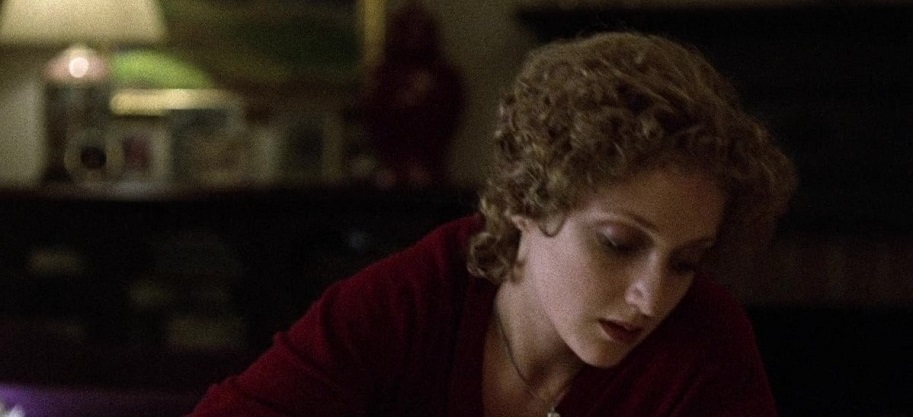
WHAT HOLDS-UP: Obvious, I know, but the first 20 minutes of the film are not only the most tense and suspenseful, they hold up like the goddamn Eiffel Tower. No bullshit, this is masterful filmmaking. Again, this 20 minute opener was conceived as a short film called THE SITTER, and was only extended after the footage won financiers over. It stands to reason, then, that the mortifying opening salvo retains more potency than the rest of the flick. But why does it hold up so well?
The adroit direction by Walton, that’s why. The way Walton establishes the house by slowly panning across dark, empty, quiet rooms, before giving us static shots of the exterior (almost like the end of HALLOWEEN), instantly mounts a sense of impending dread like no other movie (SCREAM notoriously paid homage in the opening stint, as Wes Craven was a huge fan of Walton’s beginning. In fact, Craven even recruited Walton’s composer, Dana Kaproff, for his 1985 TV-movie CHILLER). The camera placement and shot composition is both artistically inspired and eerily off-kilter, reinforcing the sense of doom. The phone calls increase in volume each time out, starting out calm and creepy and ending loud and alarming. The voice work of the caller also starts out equable, only to become maniacal by the end of the sequence. The escalation of senses Walton is able to achieve is nothing short of brilliant. Then, in 1979, and probably forever as well. The scene is that great!
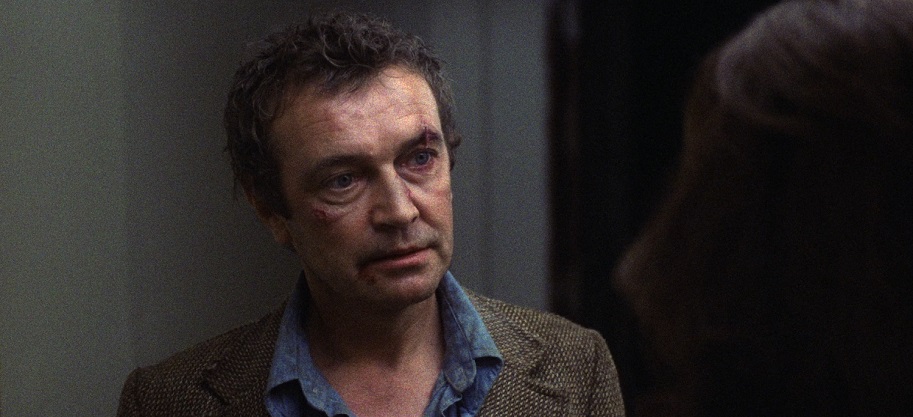
While not quite as durable, the ending of the flick is also among one of the strongest aspects when viewed through 2019 eyes. After seven years, Curt goes after Jill again, who is now married with two children of her own. Jill receives a harassing phone call at a restaurant, asking: “have you checked the children.” Back home, Jill awakes in the middle of the night. She notices the phone line cut dead as the lights go out. She hurries back to bed to tell her husband something is wrong, only it isn’t her husband lying next to her in bed. It’s Curt. Jill scrambles to evade strangulation, and is ultimately saved by Durning in the end. Walton almost lends the same raw verve of the opener to the closer, but both hold up very well.
These splendid sequences wouldn’t hold up without the caliber of acting by Cane and Durning. Cane soars as a young, innocent, vulnerable teen over her head and out of her depth. She plays the emotions on her face without a single indication, giving sympathy to the character from the first frames. As for Durning, he makes any movie better, and here, despite his lackluster storyline (see below), does all he can to make you root for his character to capture Curt and allay Jill’s fears. Both performances stand tall, particularly in the aforesaid standout scenes, which helps contribute to the durability of the overall film.
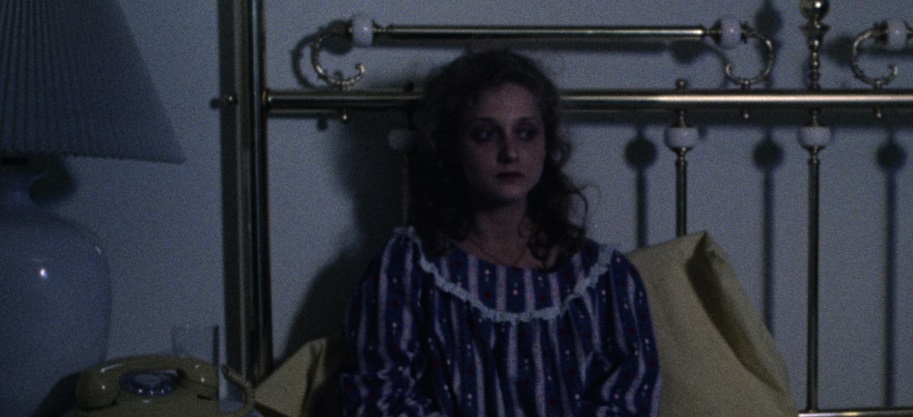
WHAT BLOWS NOW: The entire midsection of the movie blows even more now than it did way back when it came out. In what amounts to almost an hour of boringly vapid filler, meant to shade Durning’s character and his dogged deed of tracking Curt, the momentum greatly suffers once the scary opening is over. Durning takes the case personally, and vows to kill Curt rather than arrest him. His vigilante motives are explored, and Durning always does a good job of performing what’s given to him, but the middle simply pales compared to the harrowing bookends. Not only is the storyline lacking interest, the pacing of the second act really drags the movie down.
THE VERDICT: In 2019, WHEN A STRANGER CALLS is a bit of a mixed bag. What still works – the opening, closing and acting – still work incredibly well by today’s standard. However, what doesn’t work – the middle – almost threatens to undo the power of the movies best moments. In total, WHEN A STRANGER CALLS still earns the terror of its reputation as one of the scariest urban legends ever committed to celluloid. The acting, directing, and level of bloodcurdling suspense is still too strong to hang up on!
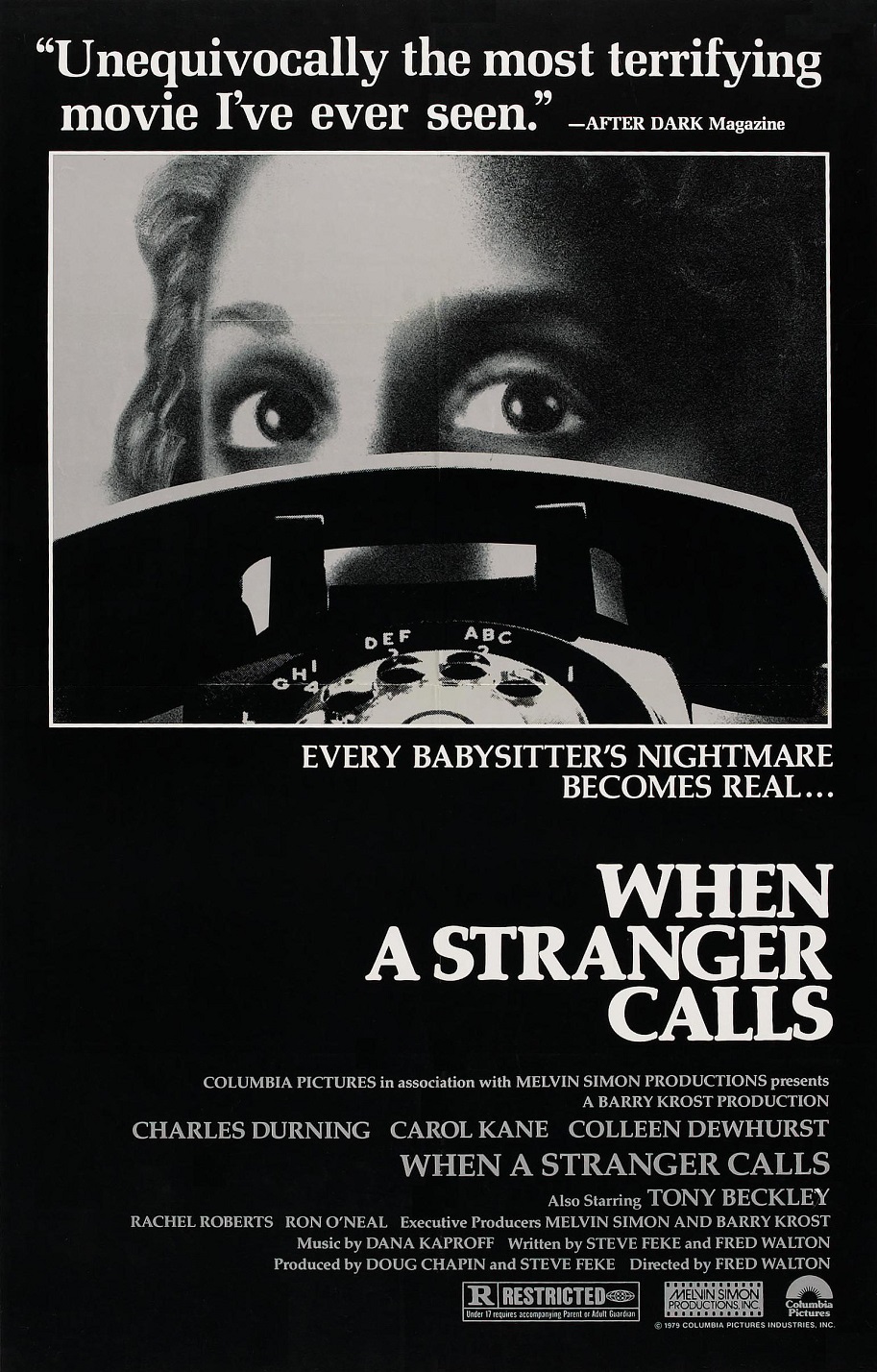


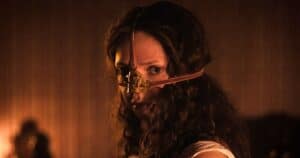
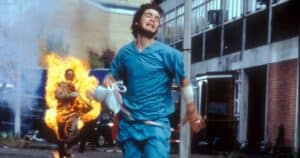

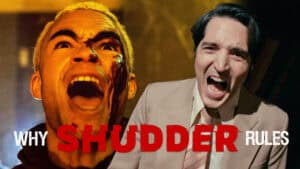

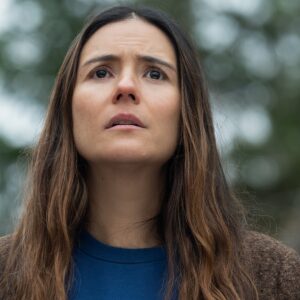



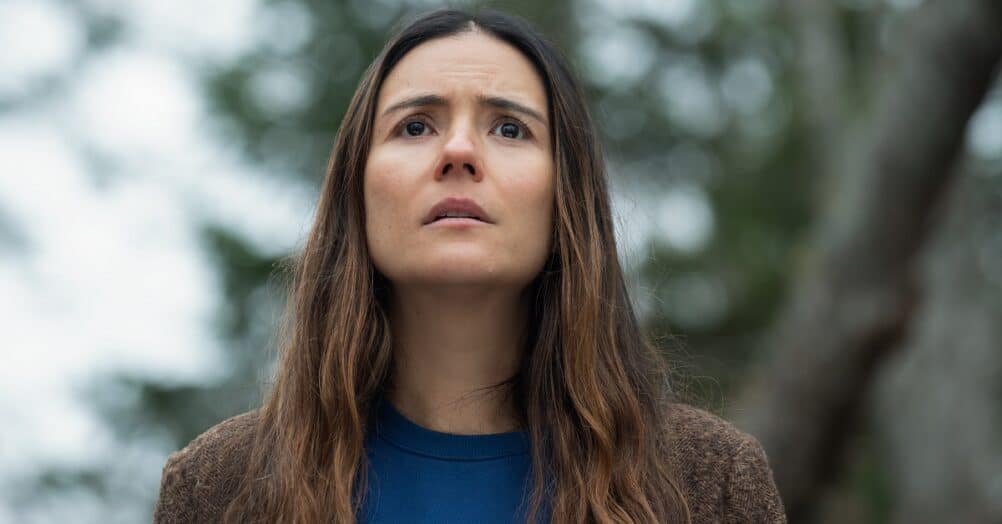


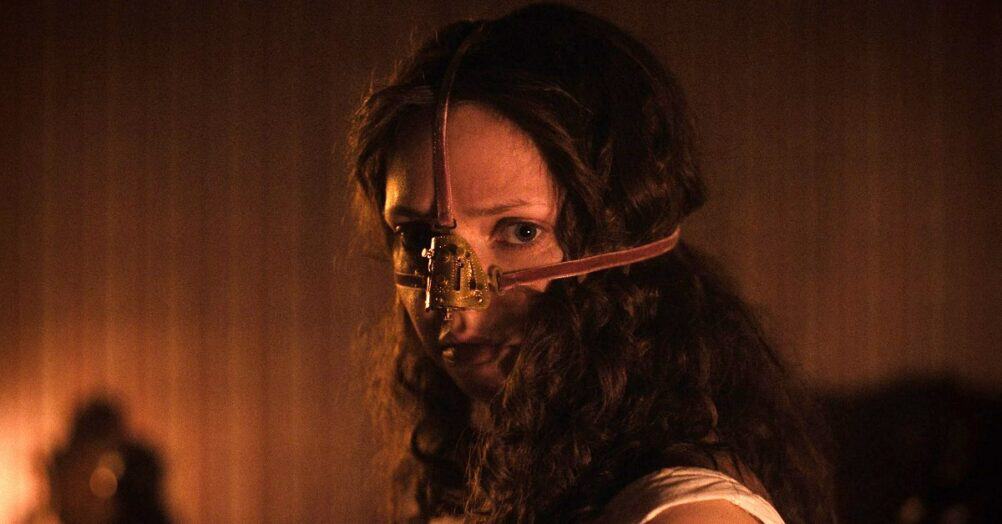
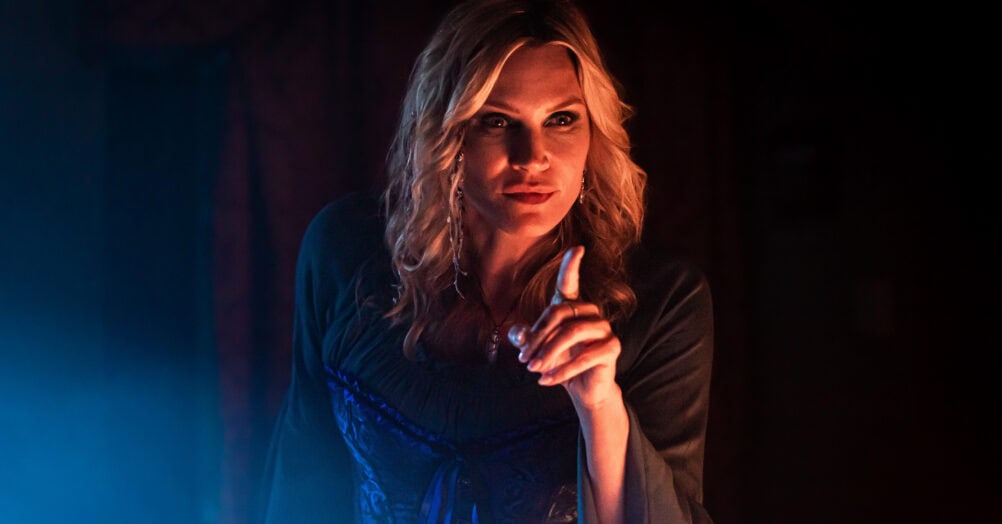
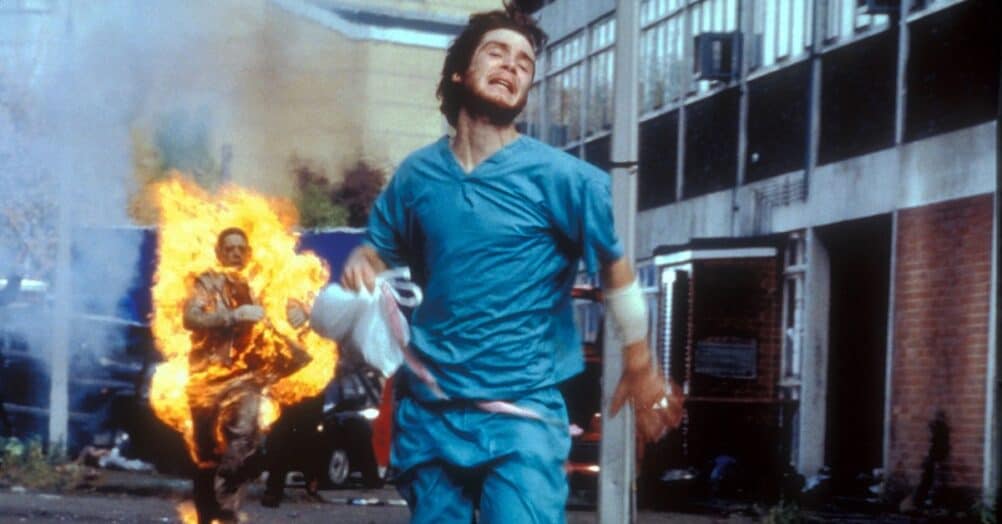
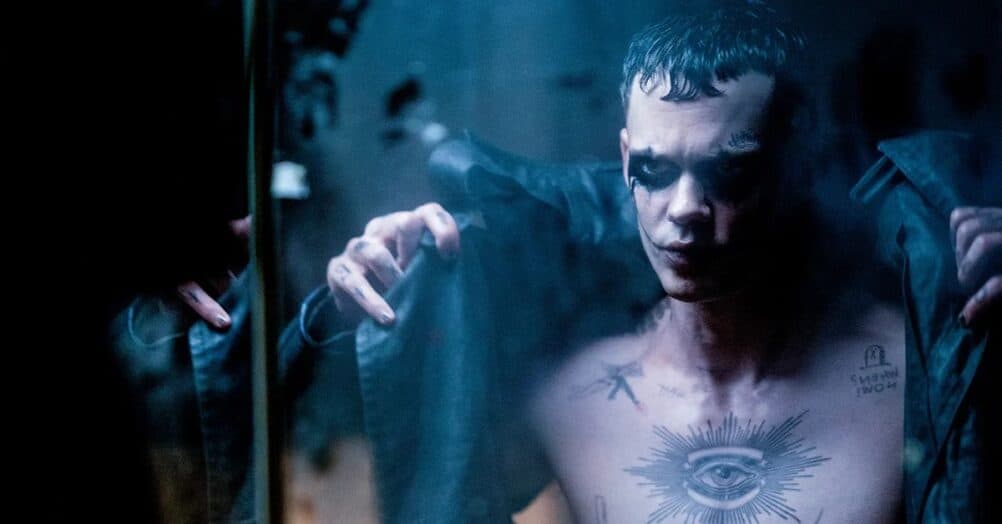
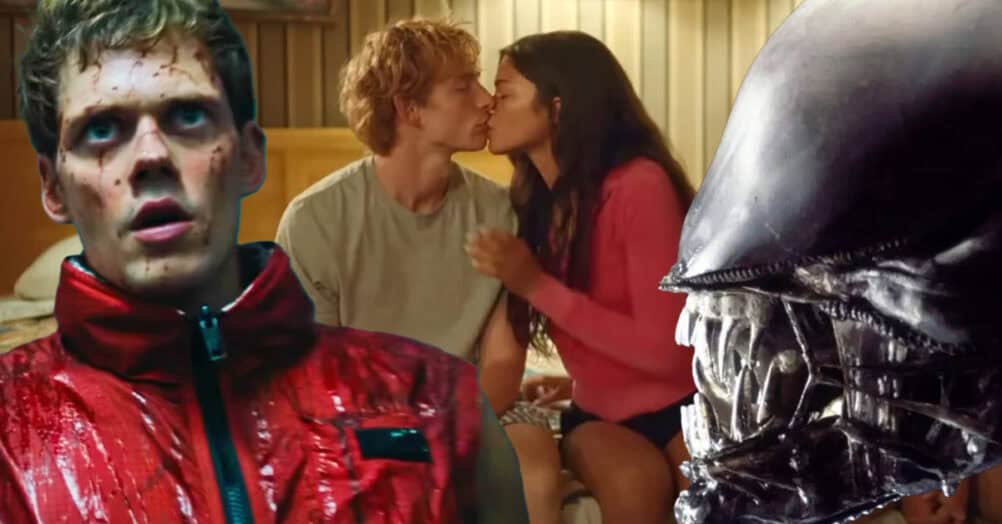

Follow the JOBLO MOVIE NETWORK
Follow us on YOUTUBE
Follow ARROW IN THE HEAD
Follow AITH on YOUTUBE